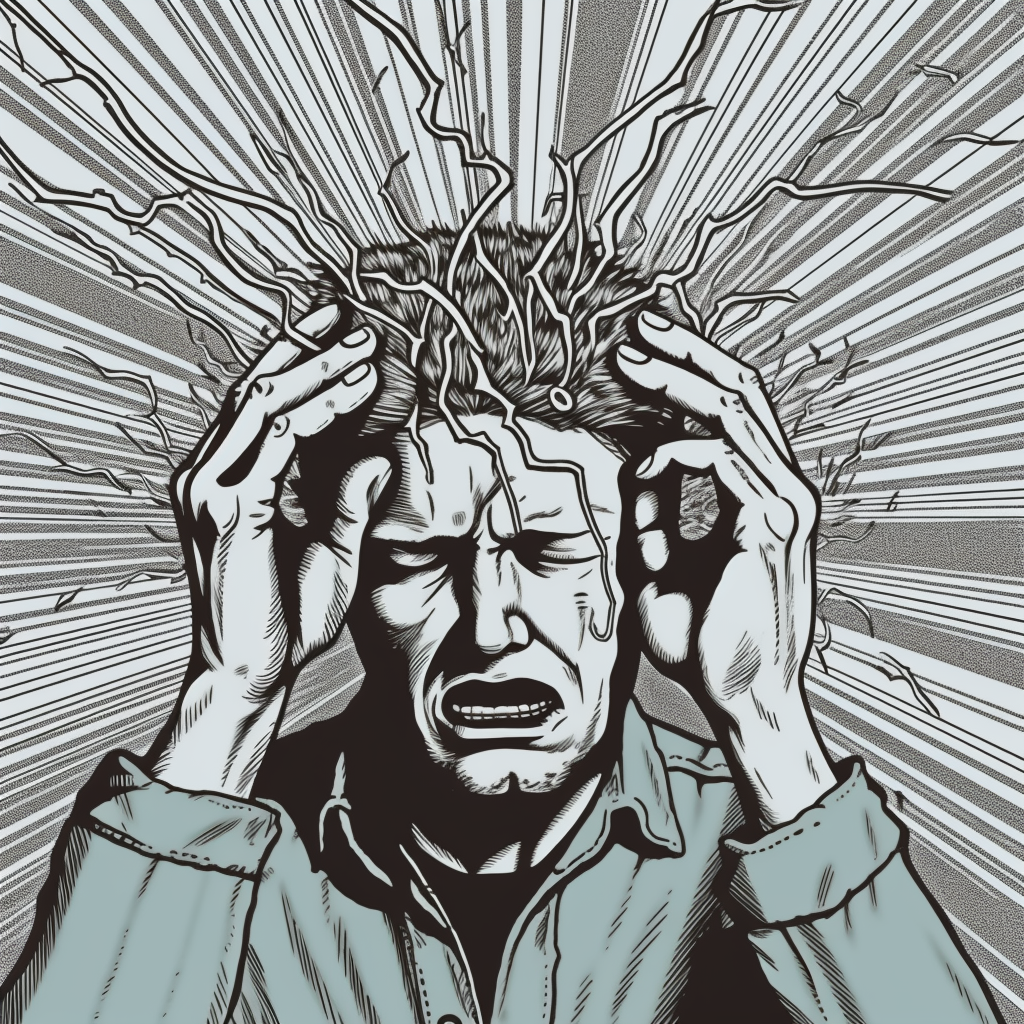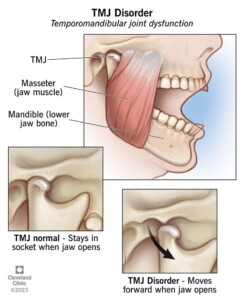
Migraines are often misunderstood as just severe headaches, but they are much more than that. They are a neurological condition that can cause intense throbbing pain, usually on one side of the head, and are often accompanied by nausea, vomiting, and extreme sensitivity to light and sound. Migraine attacks can last from hours to days, and the pain can be so severe that it interferes with daily activities.

The Misconception About Migraines
Many people believe that migraines are just intense headaches. However, migraines are a neurological disease with a wide range of severity. They can affect each person differently, with some having infrequent attacks, while others may have frequent disabling attacks. It’s not just about the headache; migraines can also cause visual disturbances, sensitivity to light and sound, nausea, and vomiting.
The Symptoms of Migraines
The most common symptom of a migraine is intense throbbing head pain, which can be so severe that it interferes with day-to-day activities. However, migraines can look very different from one person to another. Some people may experience warning signs of a migraine attack, known as prodrome symptoms, which can include constipation, mood changes, food cravings, neck stiffness, increased urination, or even frequent yawning.
In about a third of people living with migraines, a phenomenon known as aura might occur before or during a migraine attack. Auras are temporary, reversible neurological symptoms that are usually visual but can include other disturbances as well. They typically build up over several minutes and can last for up to an hour. Examples of migraine auras include visual phenomena such as seeing geometric shapes or bright spots, or flashing lights, or even loss of vision. Some people may develop numbness or a pins and needles sensation on one side of their face or body, or even difficulty speaking.
At the end of a migraine attack, you might feel drained, confused, or washed out for up to a day. This is known as the post-drome phase.
The Importance of Understanding Migraines
Understanding migraines is crucial for those who suffer from them and for those around them. Migraines are not just headaches; they are a neurological disease that can severely impact a person’s life. By understanding the symptoms and triggers of migraines, individuals can better manage their condition and seek appropriate treatment. It’s also important for others to understand the severity of migraines to provide support and empathy to those suffering from this debilitating condition.
Remember, if you or someone you know is suffering from migraines, it’s not just a headache. It’s a serious condition that requires understanding, management, and care.
As an Amazon Associate we earn from qualifying purchases through some links in our articles.




